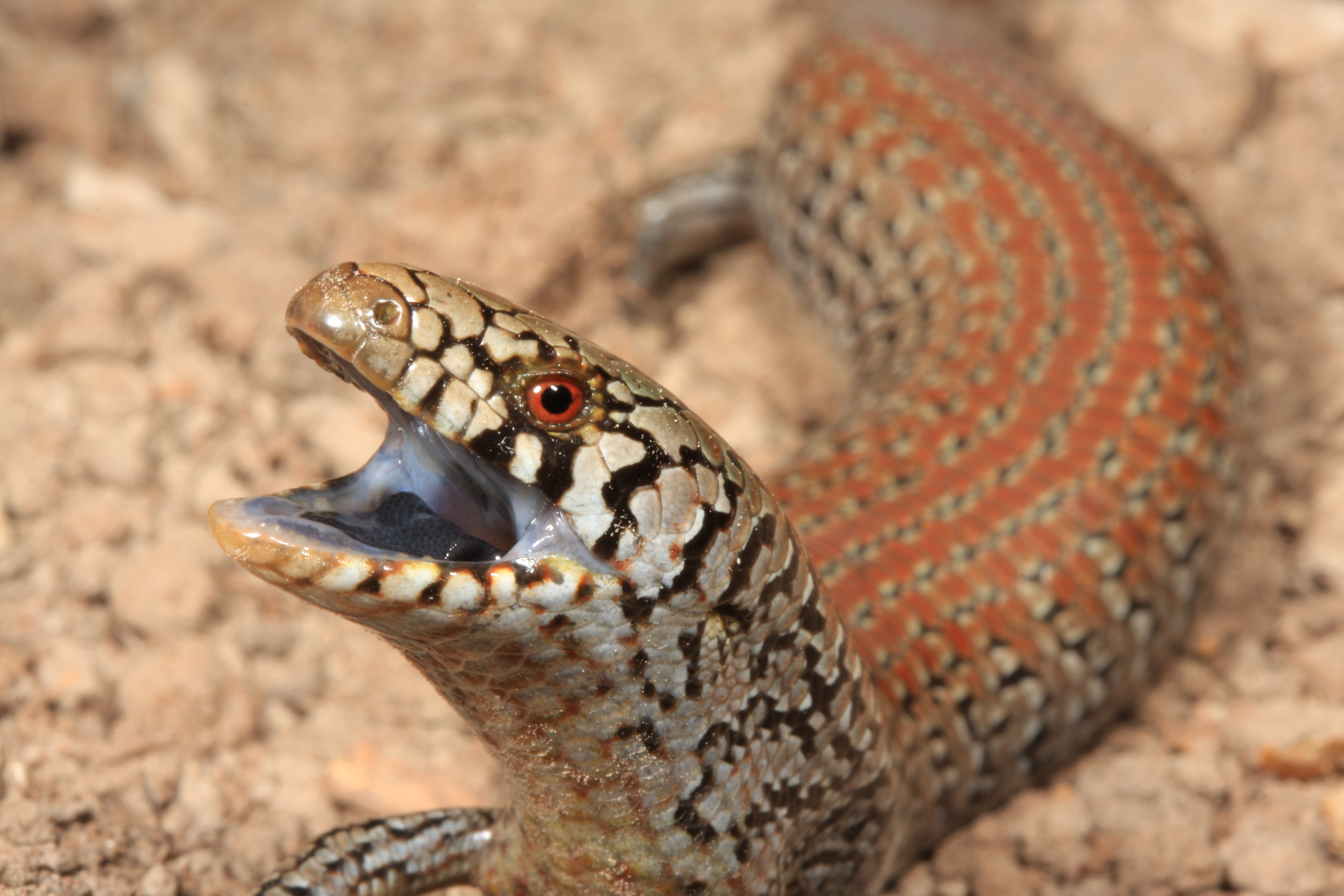Environmental conditions such as climate change can greatly impact animal and plant populations.
Small and isolated populations often find it hard to adapt to changing environments and may be more likely to face extinction.
Genetic diversity is important in conservation planning and policy, and Victoria is leading the way in using genetics in biodiversity conservation. We are using the Victorian Genetic Risk Index tool to inform our conservation planning and prioritisation.
The index was developed in partnership with CESAR, Monash University, and the University of Melbourne. It describes the genetic health of over 1,100 species of plants and animals in Victoria. The index groups species into low, medium, high, very high and uncertain risk categories.
It also suggests ways to include genetic diversity in biodiversity conservation planning.
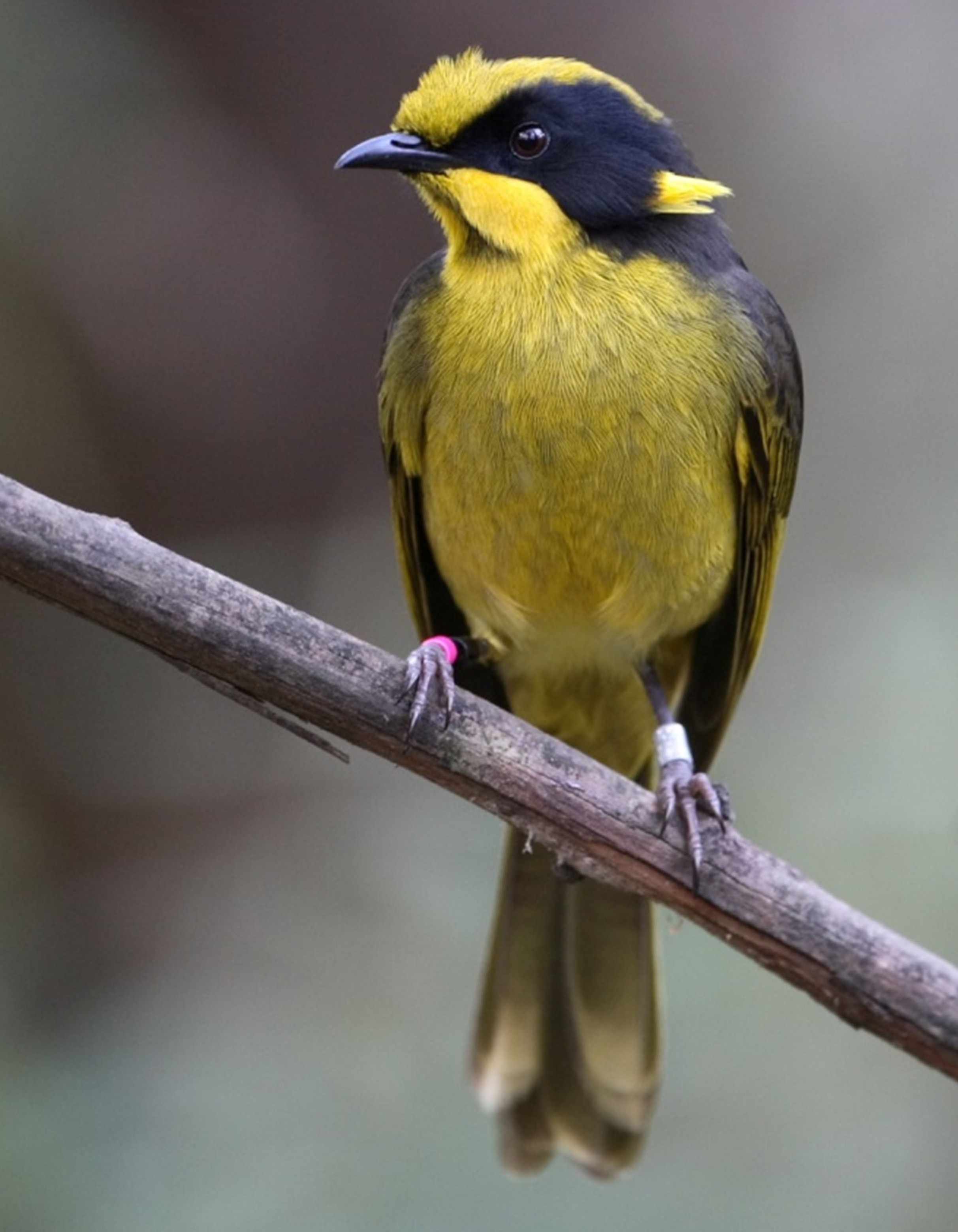
Helmeted Honeyeater. Credit Peter Menkhorst.
Genetic Risk Index
Species assessed in each taxonomic group:
Number of species included: 6
Description: All amphibians found in Victoria.
Example high risk species: Baw Baw frog, Spotted tree frog, Southern barred frog, Martin’s toadlet, Growling grass frog
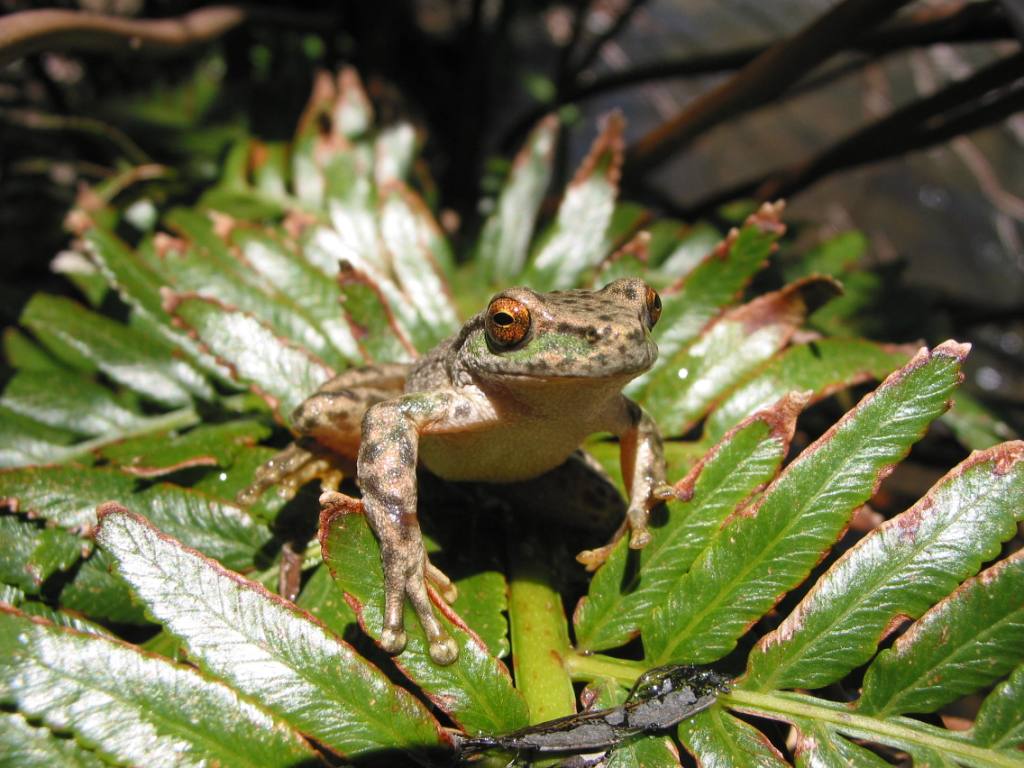
Spotted Tree Frog. Credit Glen Johnson.
Number of species included: 349
Description: All birds found in Victoria for at least part of the year on a regular basis.
Example high risk species: Black-eared miner, Eastern bristlebird, Grey-crowned babbler, Regent honeyeater, Orange bellied parrot, Plains wanderer
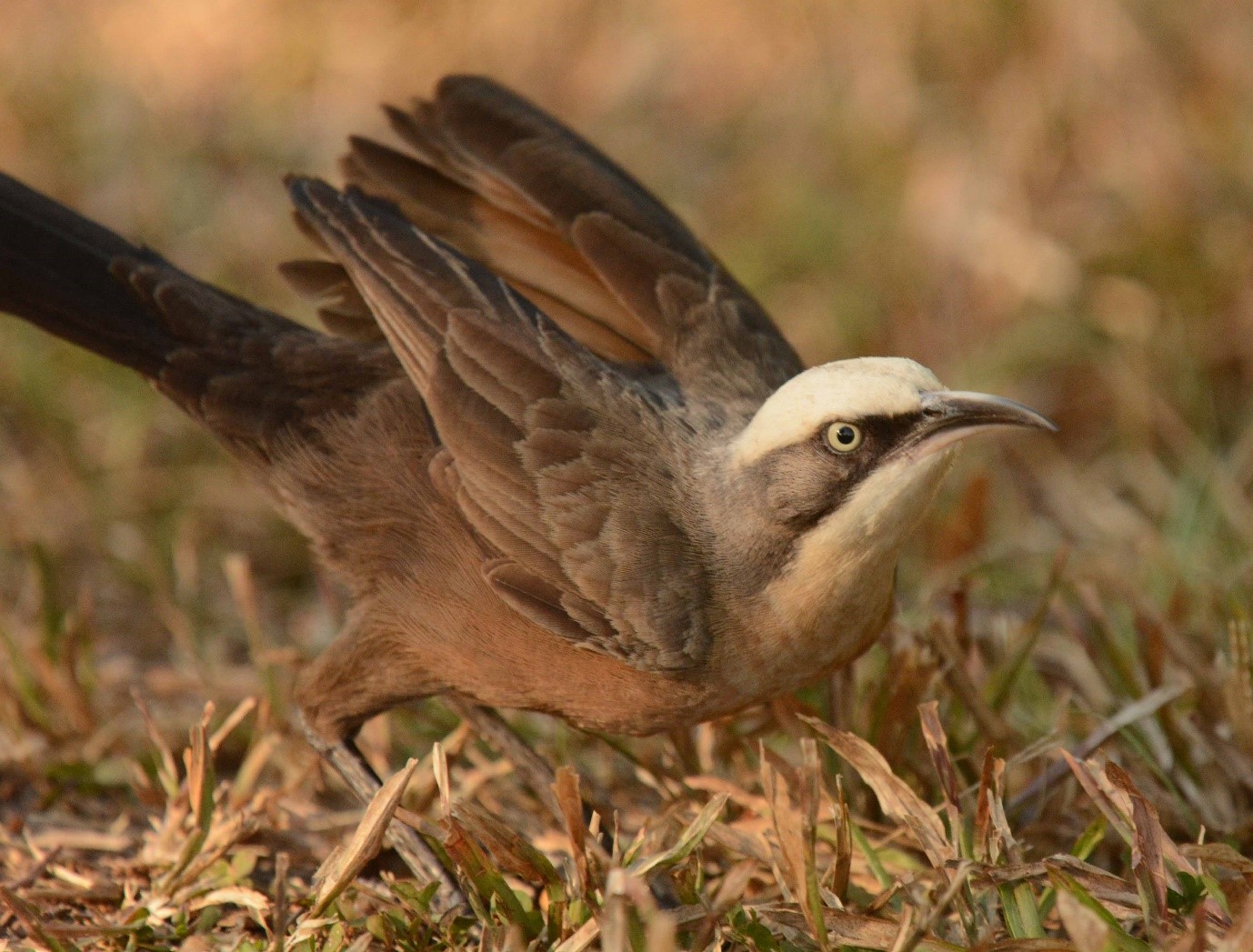
Grey-Crowned Babbler. Credit Paul Sunnucks.
Number of species included: 53
Description: All freshwater fish in Victoria.
Example high risk species: Yarra pygmy perch, numerous species from the Mountain galaxias complex, Barred galaxias, Murray hardyhead, Murray cod
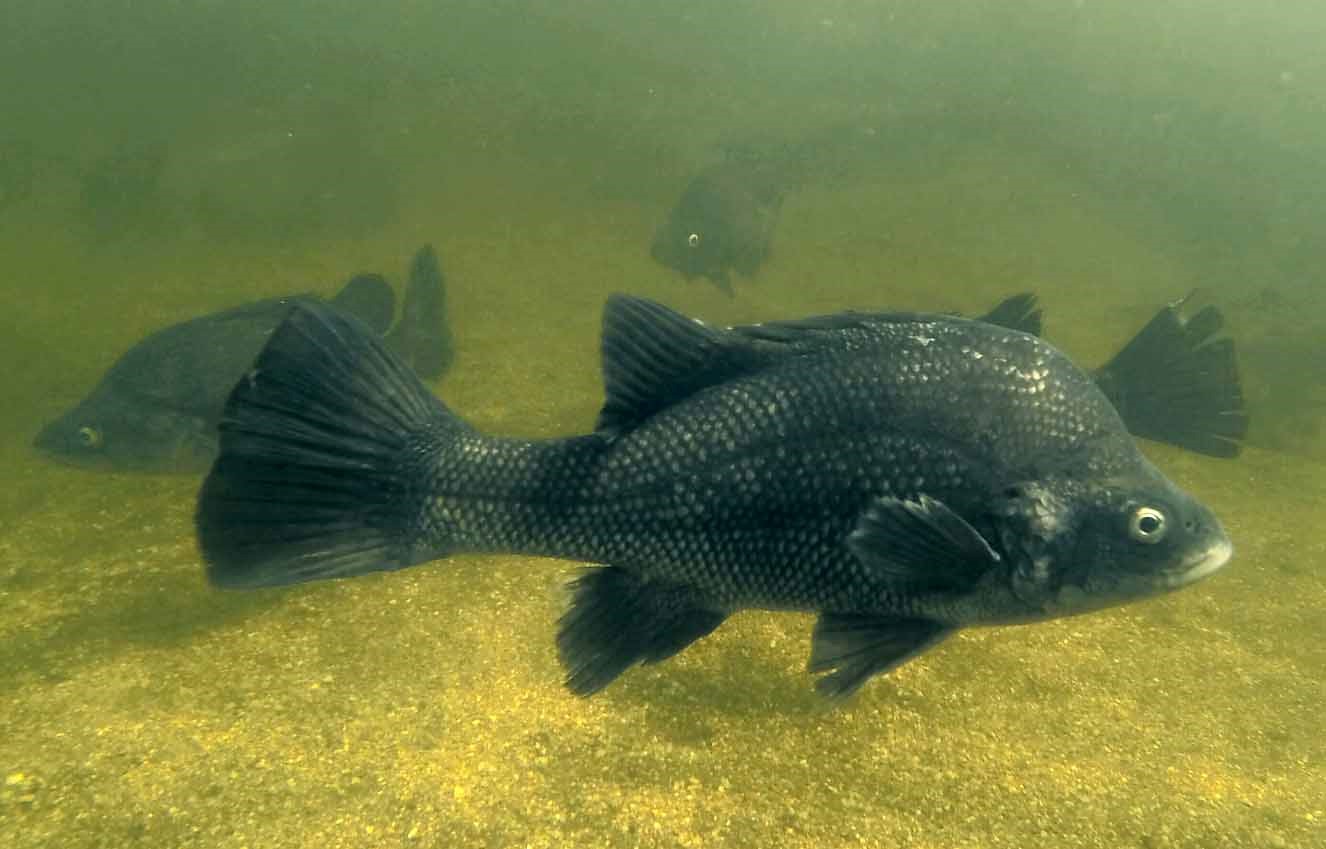
Macquarie Perch. Credit Zeb Tonkin.
Number of species included: 62
Description: Only species listed under Victoria's Flora and Fauna Guarantee (FFG) Act were included, as well as one species of freshwater crayfish, the Yarra River Spiny Crayfish (Eustacus Yarraensis).
Example high risk species: Mt Donna Buang Wingless Stonefly, Small Orange-spotted Sun Moth, Orbost Spiny Crayfish, Warragul Burrowing Crayfish, Alpine Stonefly
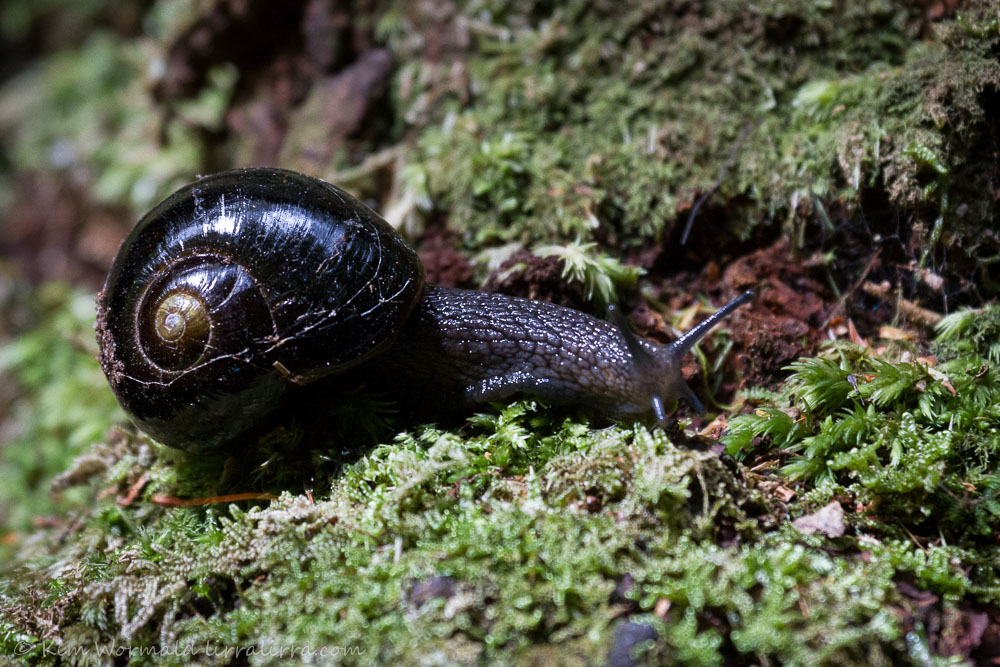
Otway Black Snail. Credit Kim Wormald.
Number of species included: 74
Description: All terrestrial mammals in Victoria. One marine mammal, the Burrunan dolphin (Tursiops australis), was included due to its significance to Victoria and conservation concern.
Example high risk species: Brush-tailed rock-wallaby, Leadbeater’s possum, Eastern barred bandicoot, Mountain pygmy-possum, New Holland mouse, Long-footed potoroo, Broad-toothed rat
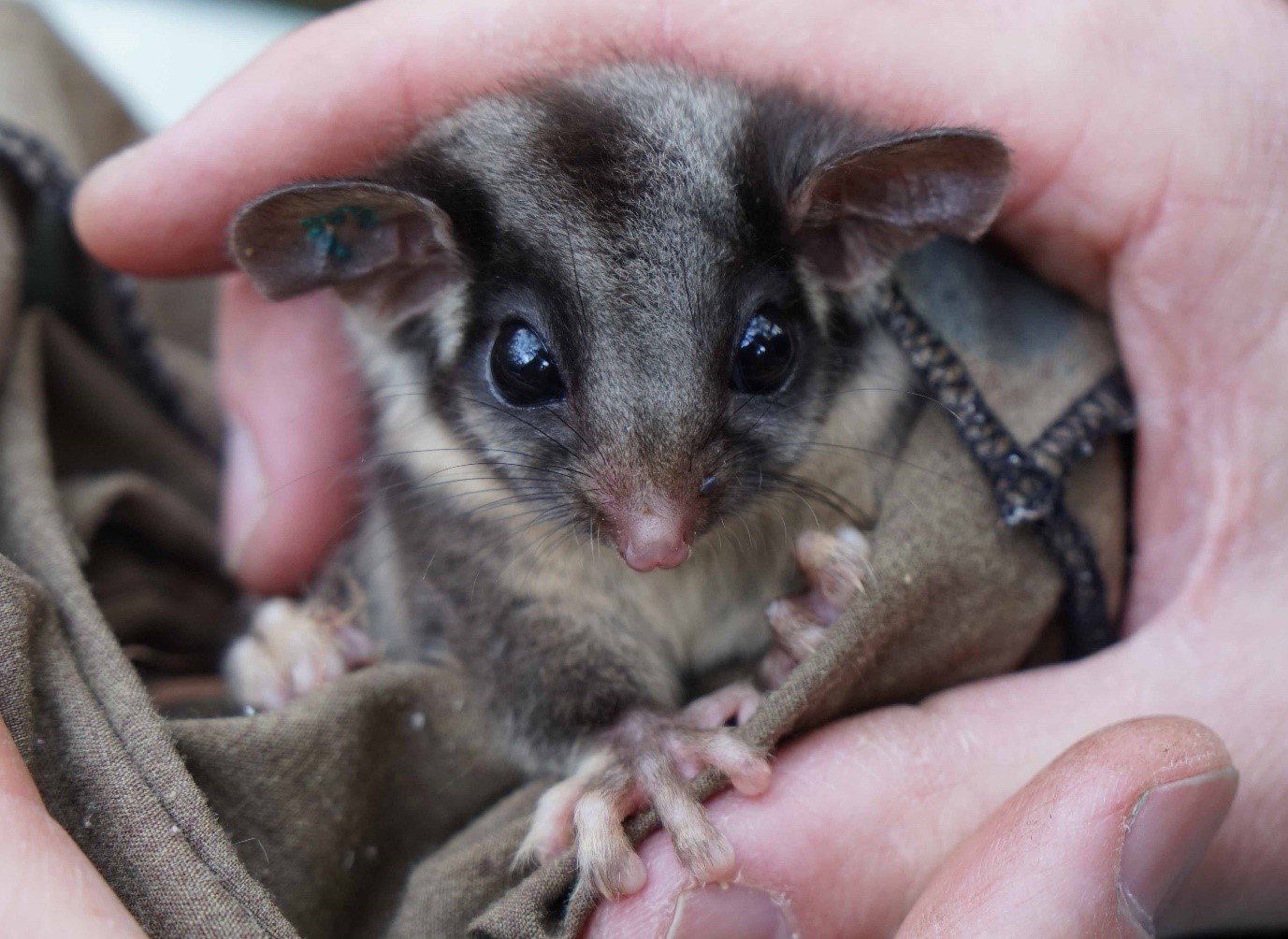
Lowland Leadbeater’s Possum. Credit Arabella Eyre.
Number of species included: 414
Description: A selection of plants found in Victoria, including all endemic species listed under the FFG Act.
Example high risk species: Grampians pincushion lily, Timbertop wattle, Anglesea grevillea, Small golden moth orchid, Dwarf spider orchid, Sunshine diuris, Button wrinklewort
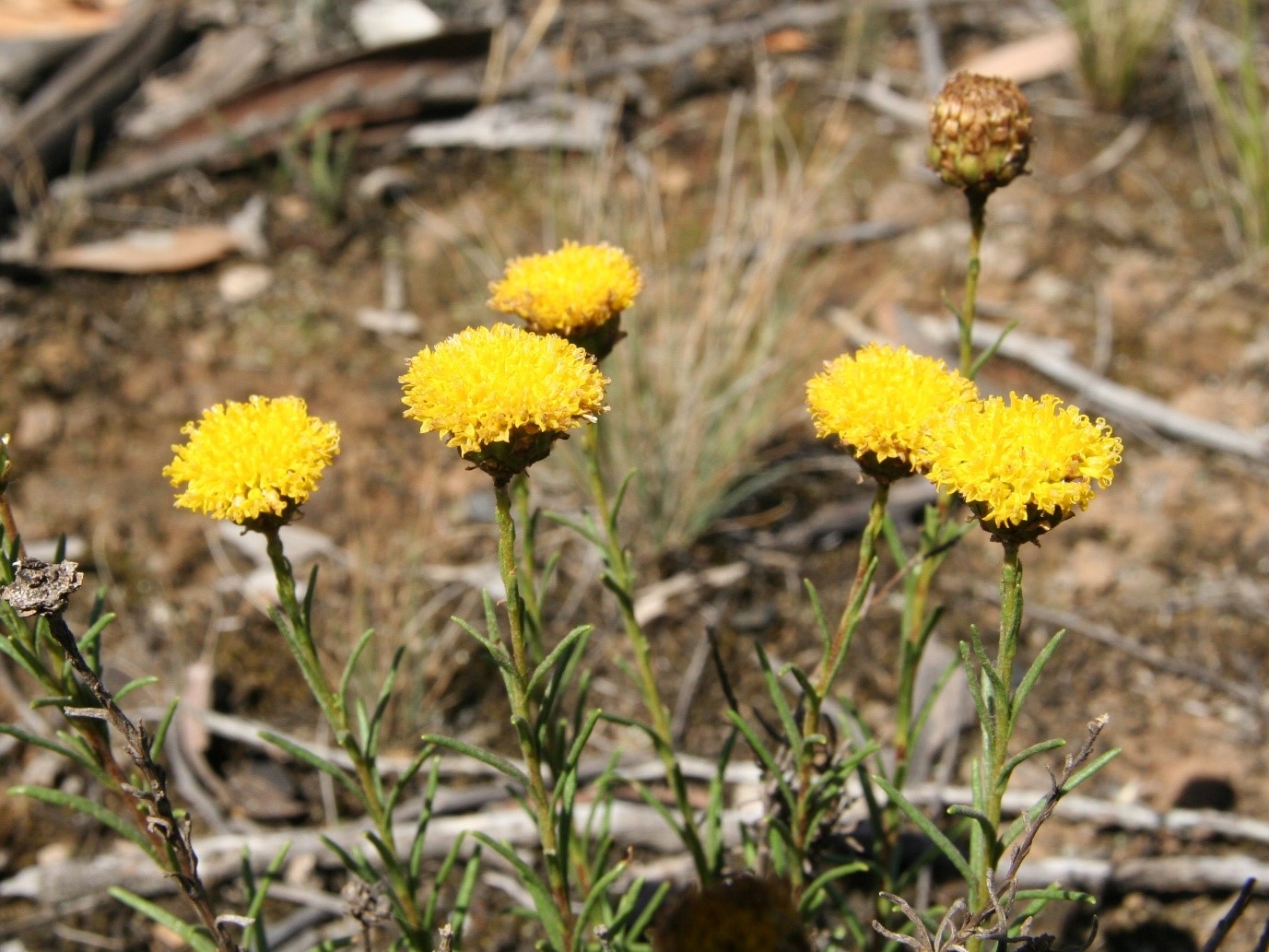
Button Wrinklewort. Credit Steve Sinclair.
Number of species included: 112
Description: All reptiles found in Victoria
Example high risk species: Grassland earless dragon, Mallee worm-lizard, Alpine she-oak skink, Alpine bog skink, Pink-tailed worm-lizard
Alpine She-oak Skink. Credit Nick Clemann.
Read the full report:
View the species classification list spreadsheet:
Updates to the index following bushfires
The original index was updated after the 2019-2020 bushfires across East Gippsland and the North East of Victoria.
It now includes 138 plants and animals of immediate concern identified in DELWP's Victoria’s bushfire emergency: biodiversity response and recovery report Version 1, including 55 species that had not been assessed before.
These assessments will be used to inform recovery and conservation management responses in the aftermath of the bushfire crisis.
Read the updated fire report:
Assessing genetic risk
Many of the assessed species are of conservation concern, including those:
- listed under the Victorian Government's Flora and Fauna Guarantee (FFG) Act 1988,
- listed under the Commonwealth Government’s Environment Protection and Biodiversity Conservation (EPBC) Act 1999,
- or rated as ‘Near Threatened’ or greater by the International Union for Conservation of Nature.
These graphs shows the genetic risk categories for a selection of Victorian species: number of species within major taxonomic groups (A), and by conservation status (B), based on available genetic and demographic data.
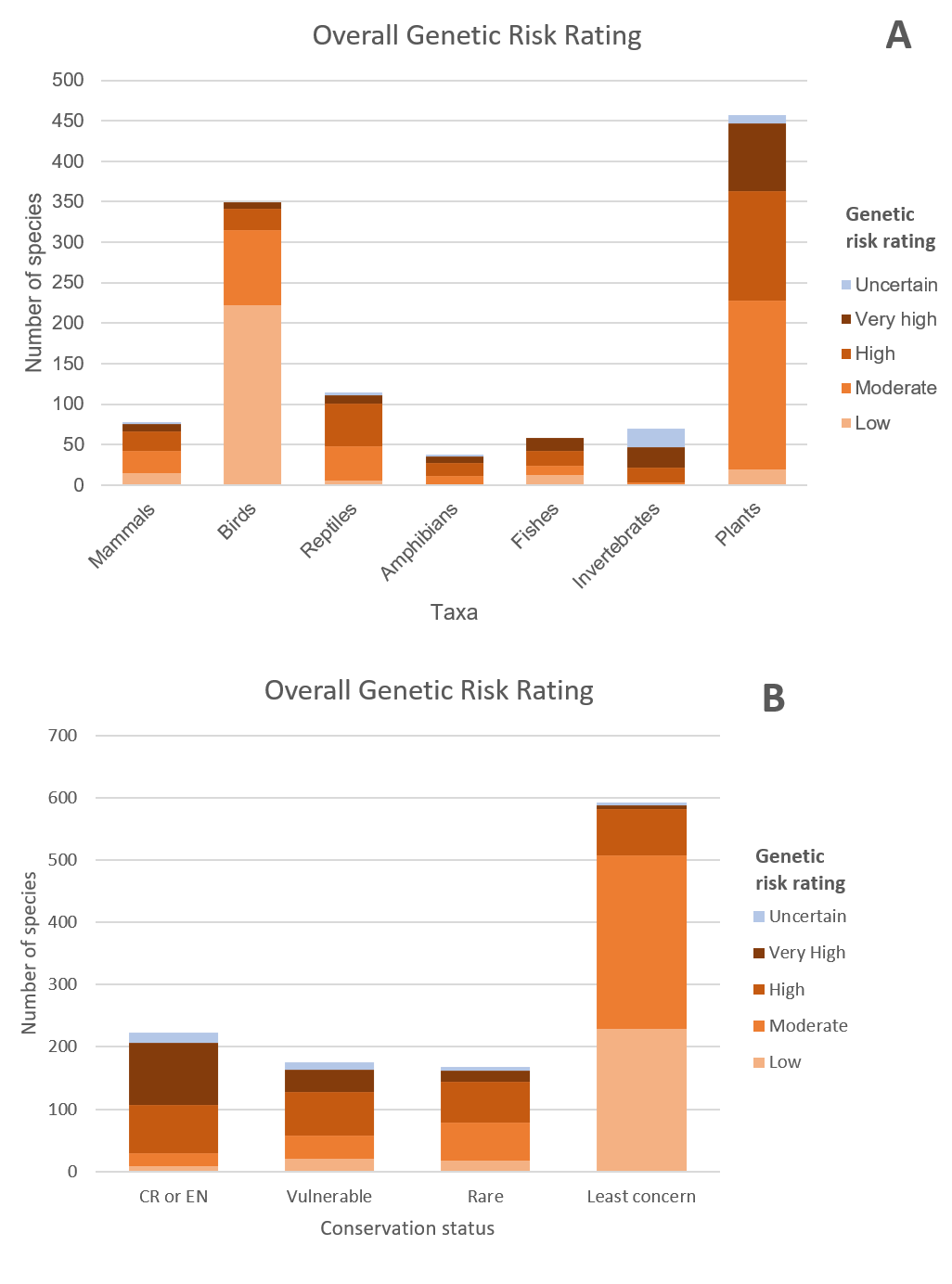
Refinement and validation
This project has highlighted some gaps in our knowledge, and information still needed to better understand the genetic risk of species. This will help inform collection of genetic data for important species, as well as future recovery actions.
This Genetic Risk Index is still being tested and needs further validation. Once it has been validated, this method could be used for other plants and invertebrates in Victoria not included in this project.
Page last updated: 20/11/24
